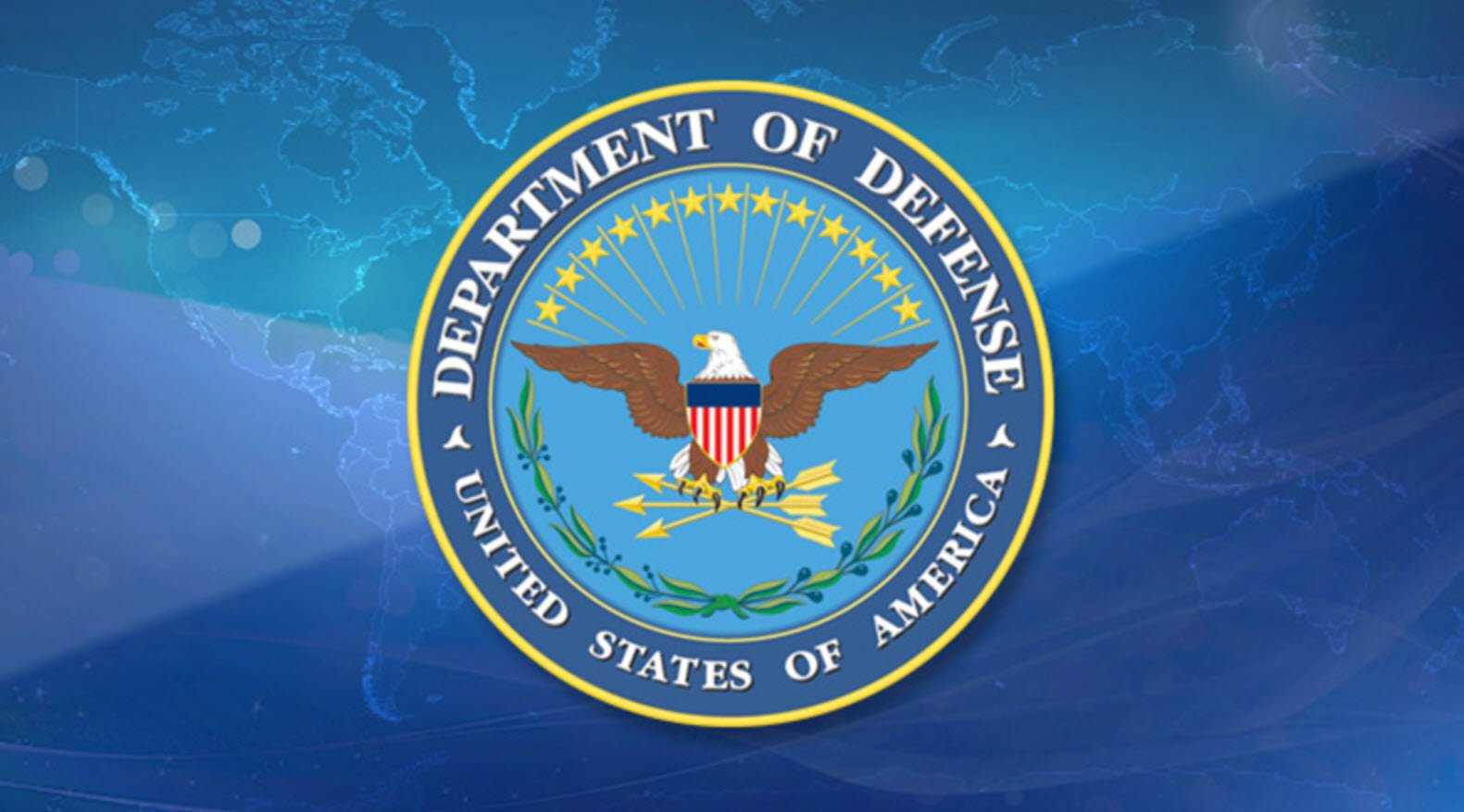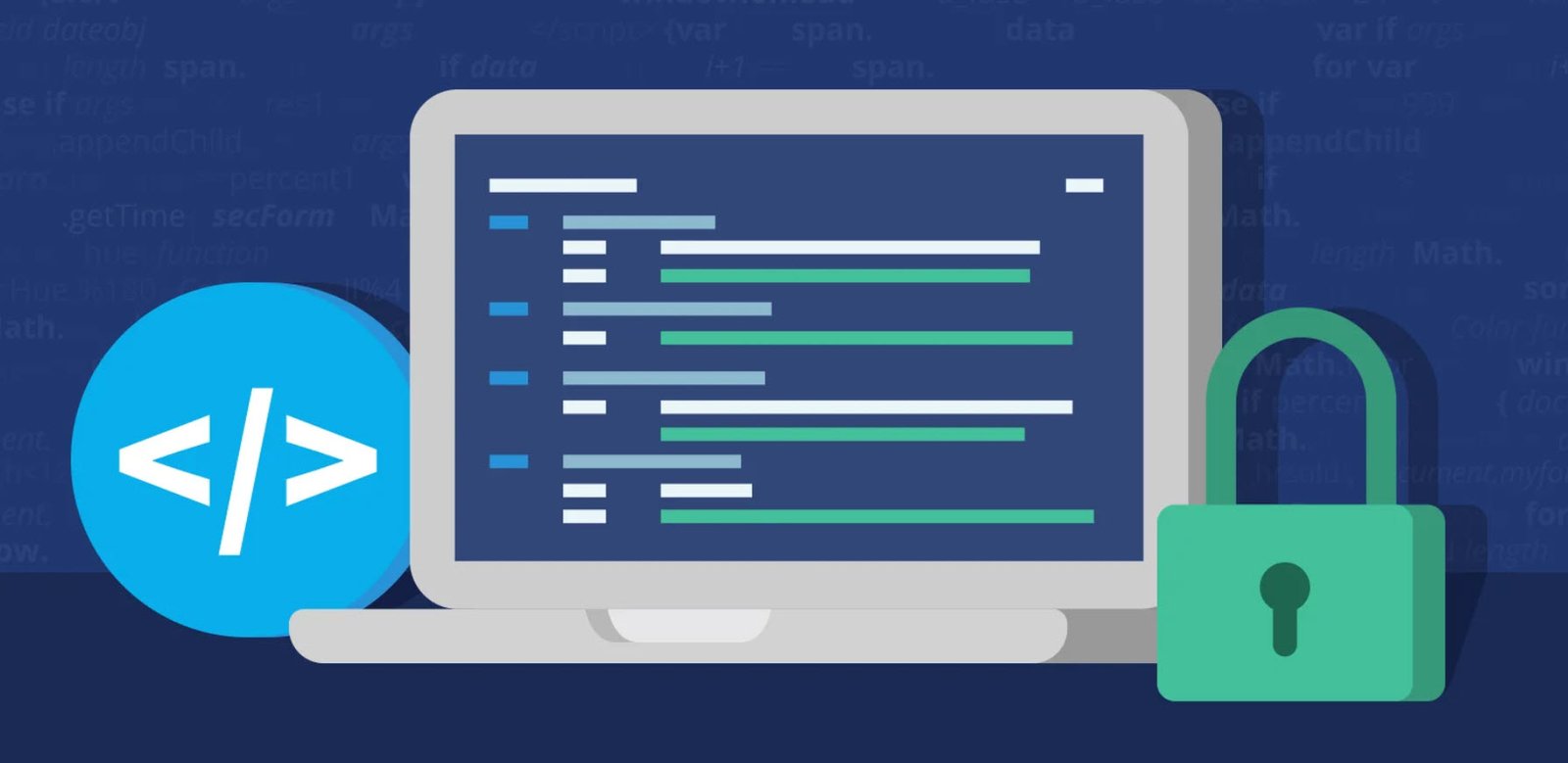
In today’s digital landscape, securing your Windows operating system is paramount to protect against various cyber threats. Windows hardening involves implementing security measures to reduce vulnerabilities and fortify the system’s defenses.
Whether you’re a home user or an IT professional managing corporate networks, here are key points to remember when hardening your Windows environment:
Microsoft Defender Firewall
Enabling the Microsoft Defender Firewall across all profiles (domain, private, public) helps control inbound and outbound network traffic, providing an essential barrier against unauthorized access.
Disable Unnecessary Services
Identify and disable any unnecessary services running on the system to minimize potential attack surfaces and reduce resource consumption.
Disable Remote Registry
Disabling Remote Registry prevents remote users from modifying the Windows Registry, which could be exploited for unauthorized access or malicious changes.
Principle of Least Privilege
Adopt the principle of least privilege by assigning users and processes only the permissions they need to perform their tasks, reducing the risk of unauthorized access and privilege escalation.
Disable Default and Unused Accounts
Disable or remove default and unused user accounts to prevent unauthorized access and limit potential entry points for attackers.
Disable Unnecessary Startup Items
Disable or remove unnecessary executables or services that run on startup to improve system performance and reduce the risk of malware execution.
Disable Unused Features
Disable unused features such as Telnet, TFTP (Trivial File Transfer Protocol), and Windows Subsystem for Linux (WSL) to minimize attack surfaces and potential avenues for exploitation.
Patch Management
Ensure all appropriate patches, hotfixes, and service packs are promptly applied to address known vulnerabilities and improve system security.
Windows Defender Antivirus
Ensure Windows Defender Antivirus is enabled and regularly updated with the latest definitions to detect and mitigate malware threats effectively.
Group Policy Checklist
– Set minimum password length to 8 characters and maximum length to 64 characters.
– Configure minimum password age to 1 day and maximum age to 90 days.
– Enable complexity requirements for passwords.
– Set account lockout duration to 15 minutes after 10 failed authentication attempts.
– Reset account lockout counter after 15 minutes.
– Enable Admin Approval Mode for the built-in administrator account.
– Set machine inactivity limit to 900 seconds.
– Prompt users to change passwords before expiration (e.g., 14 days).
– Enable CTRL + ALT + DEL requirement for user authentication.
– Disable anonymous enumeration of SAM accounts.
– Set LAN Manager authentication level to 5.
– Turn off Windows Defender Antivirus is disabled.
– Configure automatic updates to automatically download updates.
– Remove access to use all Windows Update Features is disabled.
Applocker & Bitlocker (Optional)
Consider implementing additional security measures such as Applocker for application whitelisting and Bitlocker for full disk encryption to enhance data protection.
Registry Checklist
– Enable User Account Control (UAC) to prompt for administrator approval when performing administrative tasks.
– Enable Windows Defender Antivirus and configure automatic updates.
– Restrict anonymous access and block enumeration of SAM accounts and shares.
– Send NTLMv2 response only, refusing LM and NTLM for improved authentication security.
– Disable Admin Autologon and Enable Plain Text Password to prevent unauthorized access.
– Disable IPv6 and Remote Desktop Protocol (RDP) if not required to reduce potential attack vectors.
By adhering to these key points and implementing appropriate security measures, you can effectively harden your Windows environment, bolstering its resilience against cyber threats and safeguarding your data and resources. Remember, security is a continuous process, and regular updates and proactive monitoring are essential to maintain a robust defense posture.









This Post Has One Comment